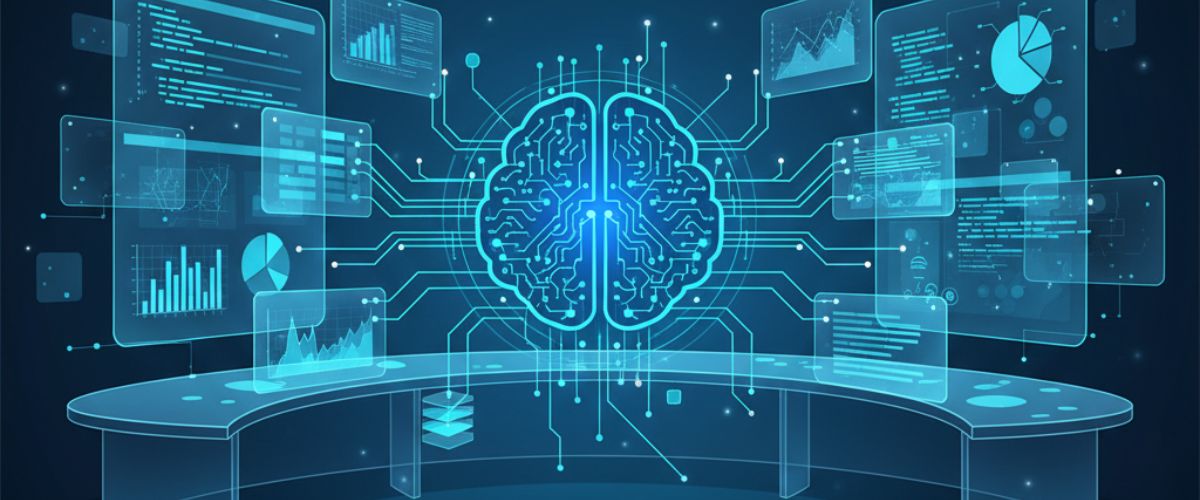
Discover Google Gemini 3 capabilities, from Deep Think benchmarks to the Antigravity IDE. See how this full-stack model outperforms ChatGPT 5.1 today.

The arrival of gpt5 codex is redefining how developers build, debug, and scale software. OpenAI has taken GPT-5 — already the most advanced AI language model — and optimized it for software engineering. The result is a specialized coding assistant that doesn’t just autocomplete snippets but can reason for hours, review pull requests, refactor entire projects, and act as a reliable digital teammate.
In this in-depth guide, we’ll explore the evolution of gpt5 codex, its benchmarks, the Codex CLI, how it handles code review, and its pricing and availability. Along the way, we’ll look at practical use cases, industry impact, and why this release matters for developers, startups, and enterprises alike.
The journey of Codex began in 2021, when OpenAI first introduced a model fine-tuned on GitHub repositories. That early version powered GitHub Copilot, which amazed developers with contextual suggestions. But it had limits: short context windows, weaker reasoning, and no autonomy.
Fast forward to 2025: gpt5 codex is no longer just an autocomplete engine. It’s a software agent that can:
Evolution timeline:
In other words, what began as a “smart autocomplete” has matured into a persistent AI teammate.
The launch of gpt5 codex in September 2025 was one of the most anticipated updates in the AI space. Unlike GPT-5 general models, gpt5 codex was optimized to handle real software engineering workflows:
One of its most striking features is its agent-like persistence. For small edits, gpt5 codex delivers results in seconds. For complex migrations, it may “think” and execute for seven hours straight. This adaptive reasoning transforms the model from a reactive assistant into a long-running autonomous collaborator.
Performance is at the heart of any AI model, and gpt5 codex shines here.
Why does this matter? For developers, it means fewer wasted tokens (lower cost) and more accurate, reliable output in real-world conditions.
The Codex CLI is perhaps the most exciting part of this ecosystem. Instead of relying only on the chat interface, developers can now run gpt5 codex locally as an agent that interacts directly with project files.
Another highlight is code review integration. Developers no longer need to wait for teammates to review PRs. Instead, gpt5 codex can analyze changes, check dependencies, and even run tests.
How it works:
This makes gpt5 codex a 24/7 reviewer that’s impartial, fast, and reliable. It doesn’t replace humans — but it speeds up QA cycles dramatically.
One of the most common questions is: how much does gpt5 codex cost? OpenAI has structured flexible pricing to make it accessible for solo developers, startups, and enterprises.
Beyond pricing, the real question is: what’s the return on investment?
For small businesses, this translates into significant savings. For enterprises, it’s about scaling output without scaling headcount.
To understand its impact, let’s explore practical case studies.
A fintech startup used gpt5 codex to scaffold a full-stack web app: backend in Node.js, frontend in React, and a PostgreSQL database. Within seven days, the team had a working prototype ready for investor demos — something that would typically take 4–6 weeks.
A logistics company faced technical debt in its legacy Java codebase. Using gpt5 codex, the team ran a large-scale refactor across 200+ files. The model preserved logic, added unit tests, and aligned with modern design patterns. Estimated time saved: 3 months of engineering work.
A coding bootcamp integrated gpt5 codex as a “digital TA.” Students could ask the model to explain code, debug assignments, or provide alternative solutions. Instructors reported higher learning outcomes and faster progression among beginners.
The implications of gpt5 codex go beyond individual productivity:
At the same time, it raises important questions:
These challenges will shape the next decade of software engineering.
The release of gpt5 codex confirms that the future of development lies in human + AI collaboration. Unlike earlier autocomplete tools, this model acts as a long-running teammate capable of reasoning, refactoring, and reviewing at scale.
For developers, it means faster workflows. For businesses, it means higher ROI. For students, it’s a mentor. And for the industry, it’s the beginning of a new standard in AI-assisted coding.
👉 Ready to integrate gpt5 codex into your workflow? Fill out our contact form today and let our experts guide you through setup, training, and deployment — so you can unlock the full potential of AI-powered software development.

Discover Google Gemini 3 capabilities, from Deep Think benchmarks to the Antigravity IDE. See how this full-stack model outperforms ChatGPT 5.1 today.

Explore the ChatGPT Atlas browser, OpenAI's new AI super-assistant and Google competitor. Learn its Agent Mode features, privacy controls, and what it means for the future of web browsing.